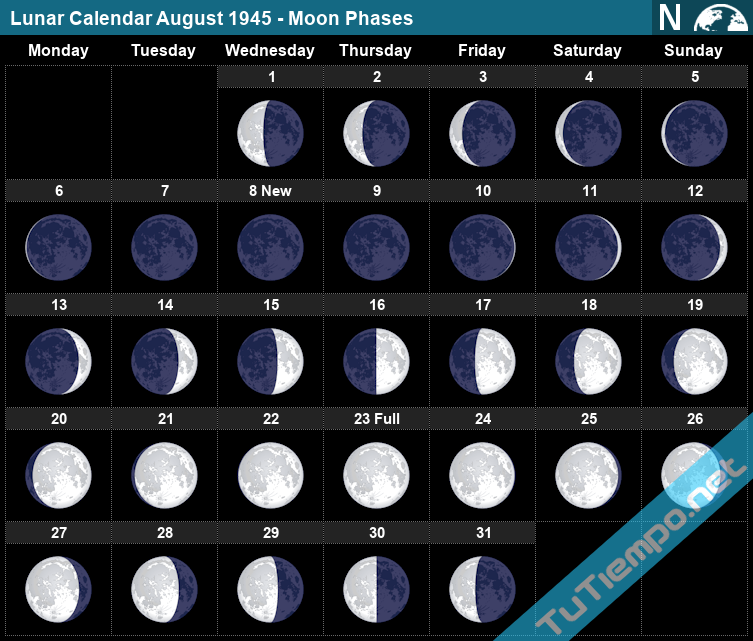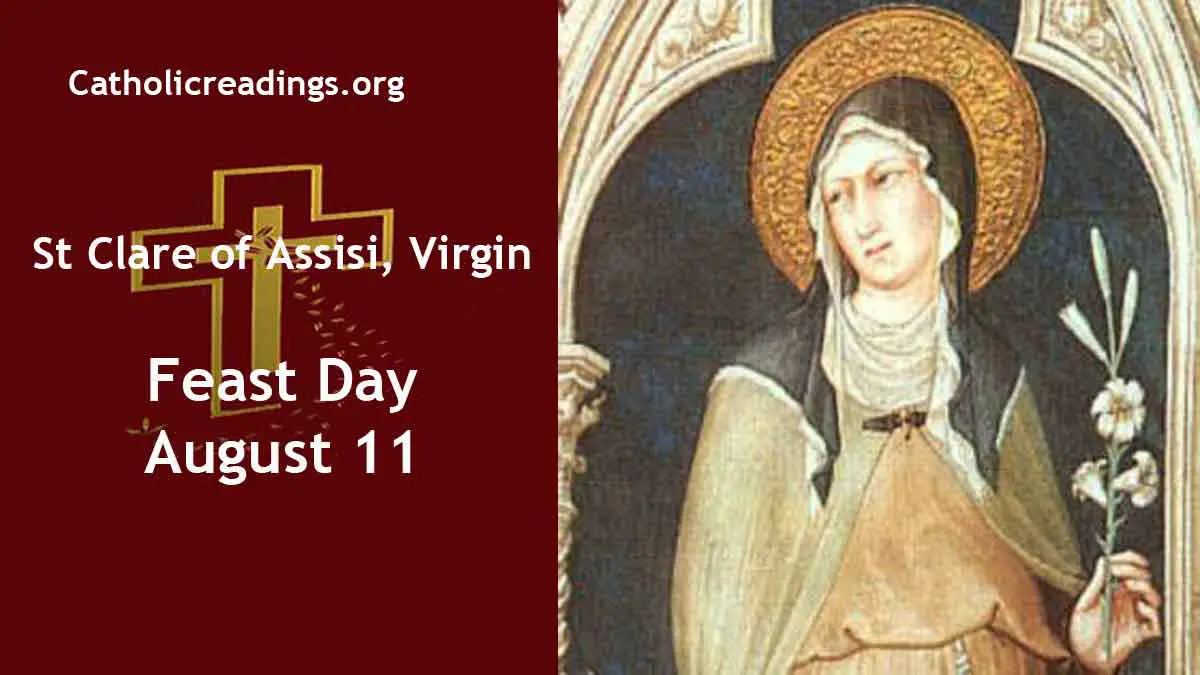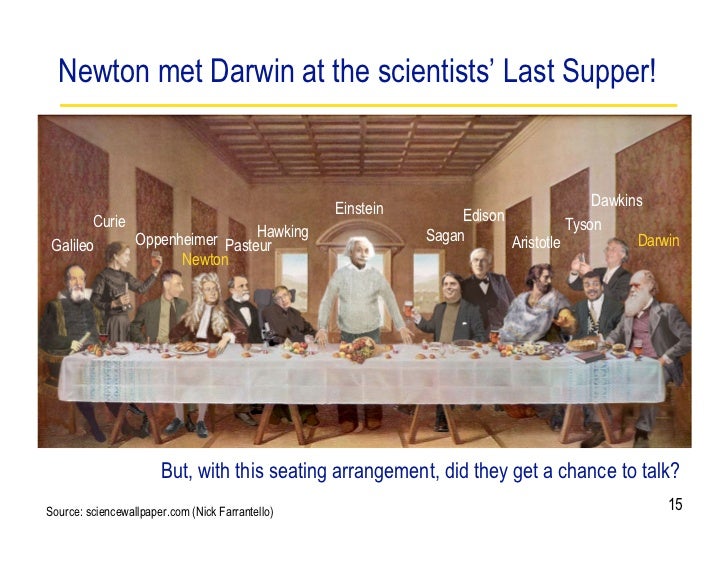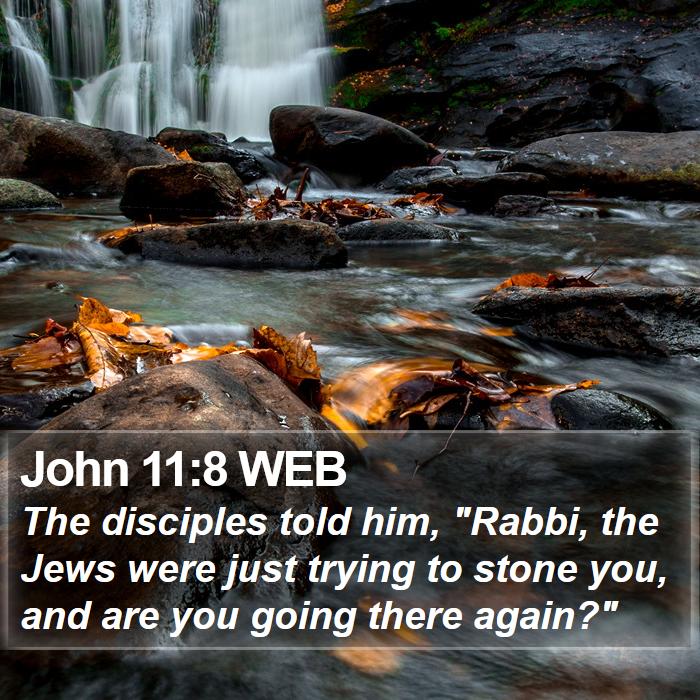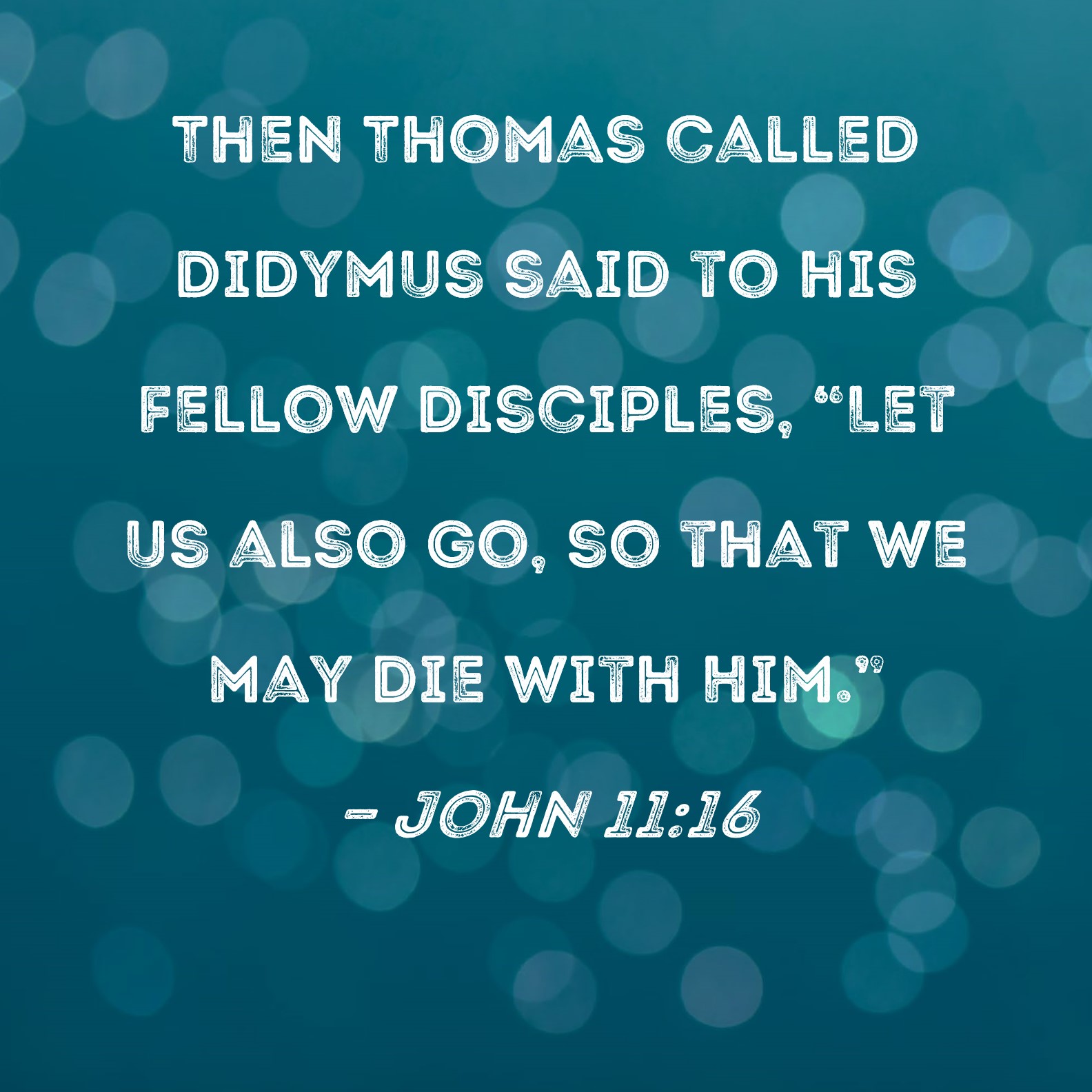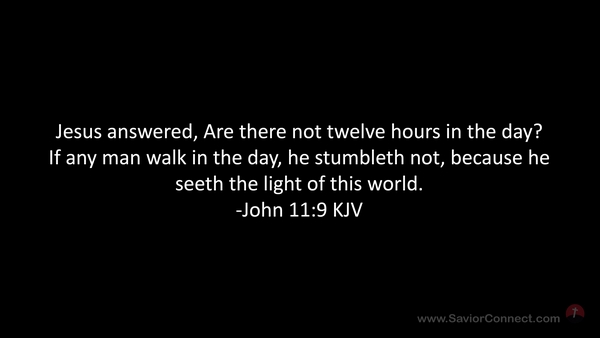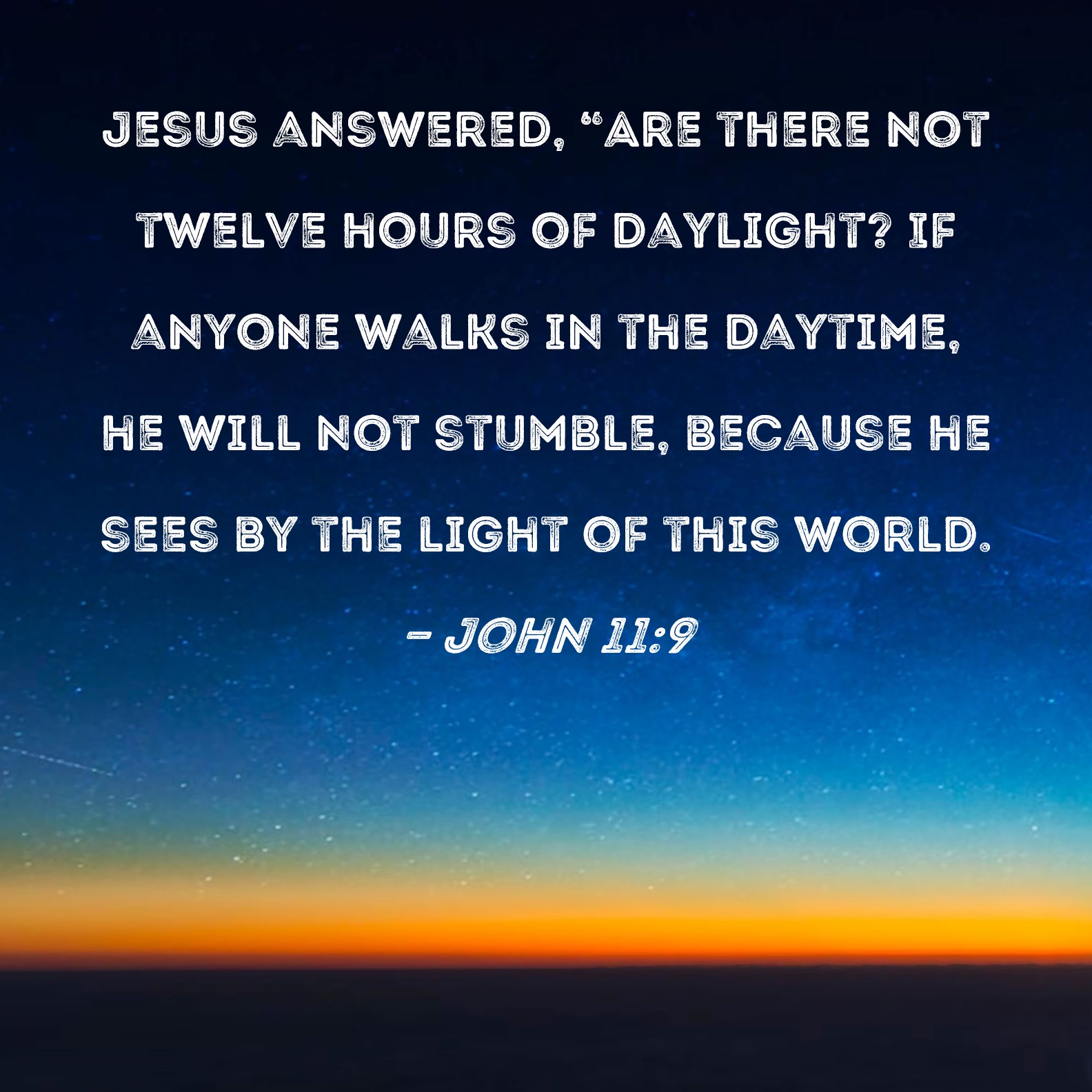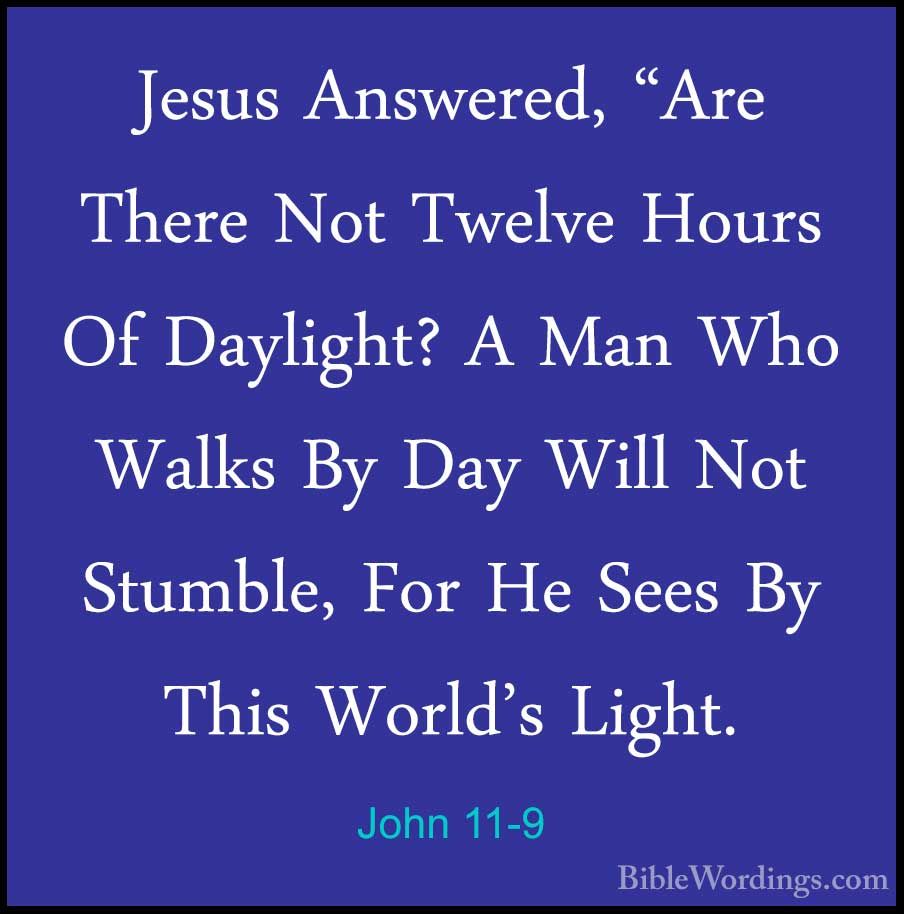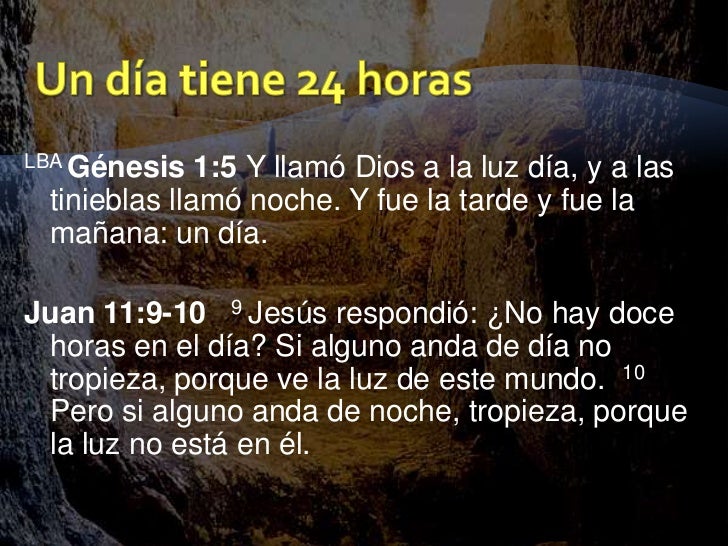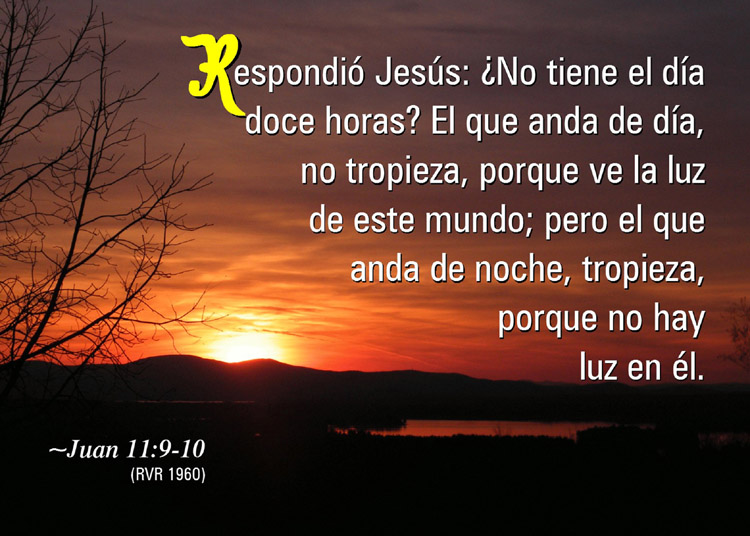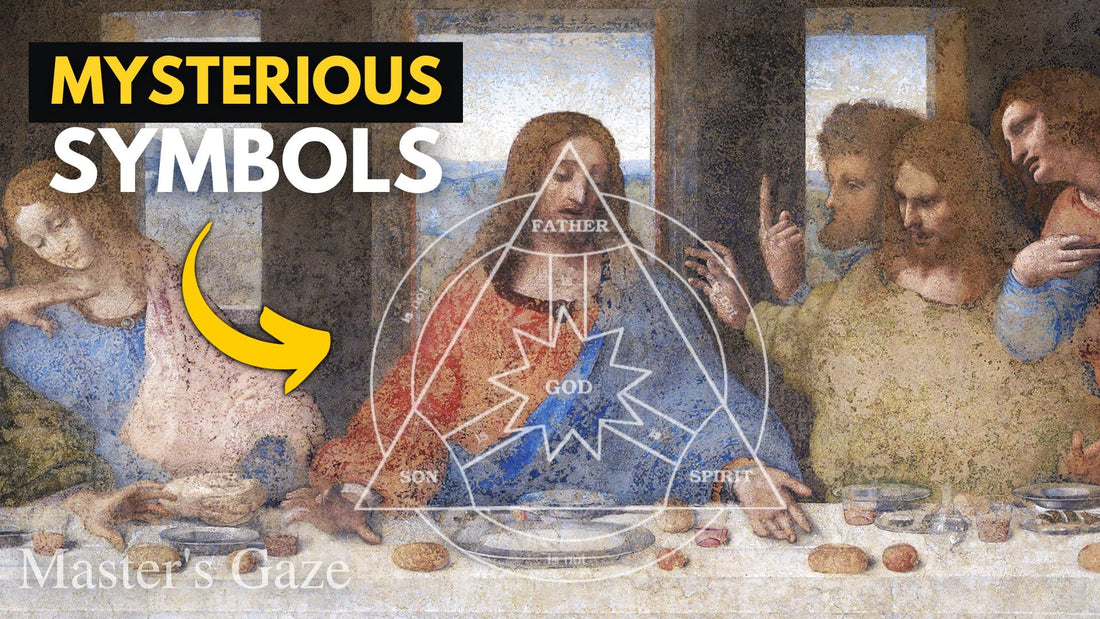Jesus Christ and Freemasonry
It should be impossible for a high-level Freemason to deny that Jesus Christ is a profoundly important figure in the Masonic tradition. However, denial is very much incumbent on any Freemason privy to this information because it is one of the biggest secrets of Freemasonry. However I see no reason why the knowledge of Jesus’s ‘building work’ should be the sole preserve, in perpetuity, of this unaccountable cabal of po-faced plutocrats.
In early Christianity there were two parts of the Church, the exoteric Church and the esoteric Church (or Gnostic Church). The former was open to everyone, the latter was a form of mystery religion with secret rites and initiation ceremonies. The forebears of the modern exoteric Church tried to extirpate the esoteric part because it was an obstacle to their dream of global hegemony. However, it was the esoteric Church that was the original heart of Christianity and the exoteric Church was intended only as a sop to engage the simple masses. The Freemasons, at least in the higher and more esoteric degrees, believe themselves to be the heirs of gnostic Christianity.
For centuries Freemasons have avidly studied both Testaments of the Bible to extract the esoteric teachings therein hid. They have done this particularly by means of gematria, for they understand that many of the most important passages in the Bible were coded in this way by the ancient adepts who composed it. The first and last books of the Bible – Genesis and Revelation – are the two works most commonly singled out as cabalistic (gematria) masterpieces, but there are many others, too.
For an excellent introduction to the gematria mysteries of Genesis go and take a look at Vernon Jenkin’s website. Vernon interprets the mysteries he reveals from a perspective of exoteric Christianity but this does not detract from the awesome nature of the material he reveals. There is staggering numerical sophistication in the first line of Genesis and Vernon, who is a retired mathematics lecturer, guides us very clearly through it.
The best guides to New Testament gematria are books by John Michell, such as City of Revelation and The Dimensions of Paradise, or David Fideler’s Jesus Christ Sun of God. However these merely scratch the tip of the iceberg and the greater part remains hidden.
Jesus Christ the Builder
The scriptures are full of allegorical references to masonry and building with stone. For example in Mark 12,10, Jesus says, “The stone which the builders rejected is become the head of the corner”. In John 1,42 Jesus makes Simon Peter a stone, a foundation stone of a spiritual Church. The Freemasons likewise labour on the construction of a spiritual version of Solomon’s temple, and not a physical one. In Mark 6,4 Jesus is himself described as Ο τεκτων : this has always been mistranslated as ‘carpenter’ in the English Bible, but its truer meaning is Builder (cf. architect).
The deeper mysteries of Jesus’ building analogies relate to the rite of spiritual resurrection. In John 2,19-21 Jesus portrays himself as a temple builder/rebuilder:
Jesus answered and said unto them, Destroy this temple, and in three days I will raise it up.
Then said the Jews, Forty and six years was this temple in building, and wilt thou rear it up in three days?
This was not woodwork but stonework that he was referring to, and rather more important, as stone was the material of sacred buildings. In this passage Jesus was alluding to his resurrection – an event he clearly had prior knowledge, and understanding, of. He knew that he would triumph over the initiatory death he was to undergo. He also viewed the process in terms of spiritual rebuilding.
Confirmation of this comes from St John’s description of the resurrection. This is couched in mysterious and symbolic language, and especially so in the exchange that takes place between the risen Christ and Mary Magdalene beside the empty tomb (John 20,16):
Jesus saith unto her, Mary. She turned herself, and saith unto him, Rabboni; which is to say, Master.
The significance of this exchange is totally lost in modern exoteric Christianity and the very curious word Ραββουνι is either conveniently ignored, or euphemistically glossed as a bastard Aramaic form of ‘Rabbei’ – ‘Master’. Neither of these tactics shed any light on the word. However, its true significance has long been known to the Freemasons, and this is why ‘Rabboni’ is a critical password in the Royal Arch degree – a degree whose central motif is the rebuilding of Solomon’s temple. In explaining the etymology of Rabboni, Albert Pike demonstrated that it is not Aramaic at all, but simply derives from the Hebrew, ‘RB BNI’: these two words mean the Master of the Builders, or the Master Builder (1). Thus Mary’s comment clearly refers back to the passage cited above predicting the rebuilding the temple in three days. What she is saying is, “Behold, the Master Builder”.
The fact that St John took the trouble to code his gospel by means of gematria actually gives us another chance to confirm the Masonic significance of Mary Magdalene’s choice of words. The way she actually greeted him, whilst she took him to be the ‘gardener’, was with the words, Κυριε ει συ εβαστασας αυτον ειπε μοι που αυτον εθηκας καγω αυτον αρω – ‘Sir, if thou hast borne him hence, tell me where thou hast laid him, and I will take him away’. The total gematria value of these Greek words is 7261 – and this is the exact value of the title, Ο Αρχιτεκτων – The Master Builder, when counted in plenitude (2).
Jesus Christ is thus the supreme Architect of the spiritual temple. It is, I suppose, what one would expect from the son of The Great Architect of the Universe.
Jesus Christ Conquers!
For further connections between Christ and Freemasonry, see The Great Seal.
Notes:
1) Albert Pike, The Book of the Words, mod. ed. Kessinger Publishing Company, Montana, ISBN 1-56459-161-1, p.107. It is interesting that although Pike explains the password, he fights shy of saying where it comes from, and merely cites, ‘one place in the New Testament’. This is good evidence of its sensitive nature.
2) This means counting each letter of Ο Αρχιτεκτων by the value of the name of that letter. Ομικρον Αλφα Ρω Χι Ιωτα Ταυ Εψιλον Καππα Ταυ Ωμεγα Νυ.

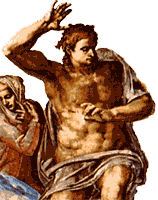


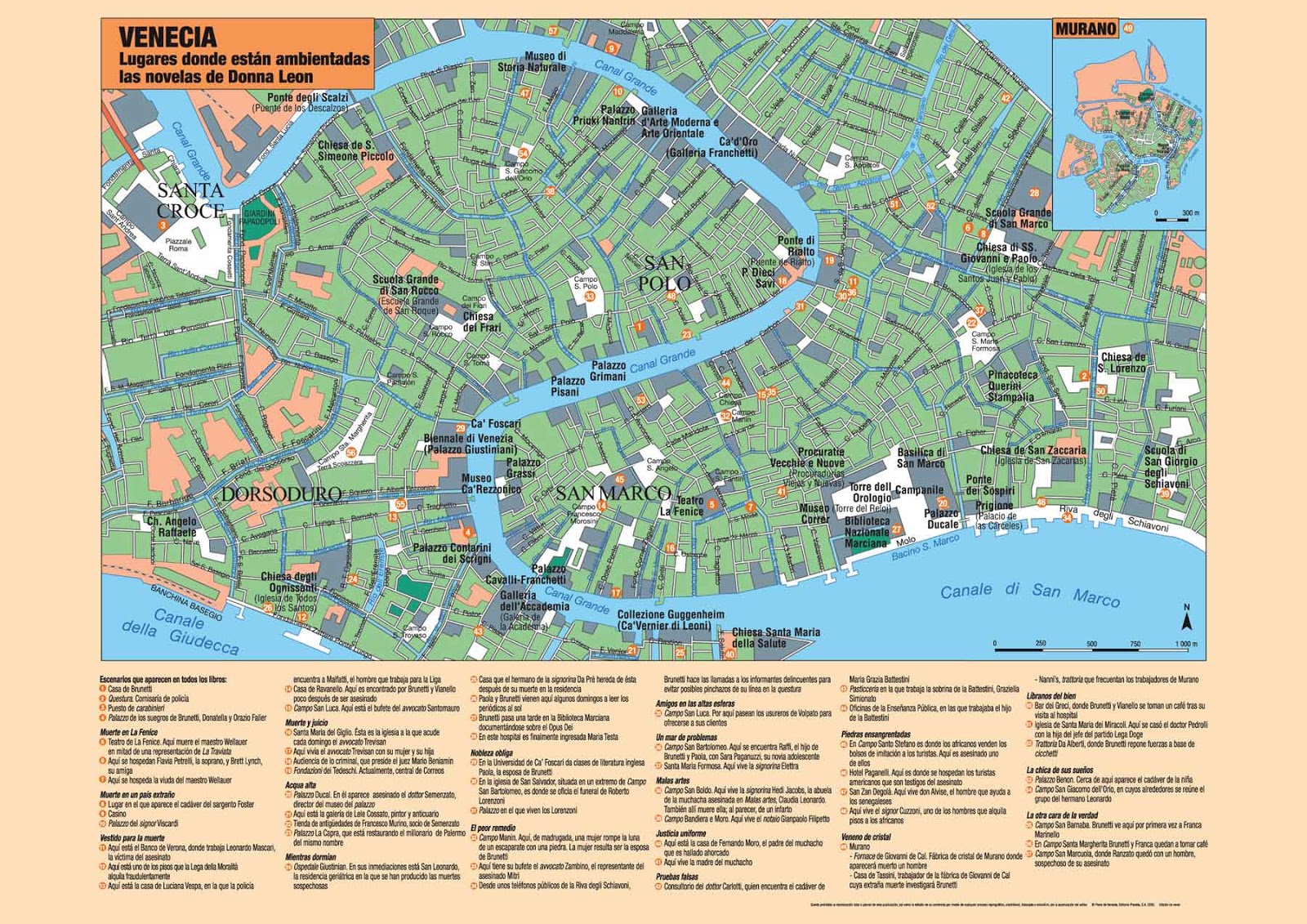

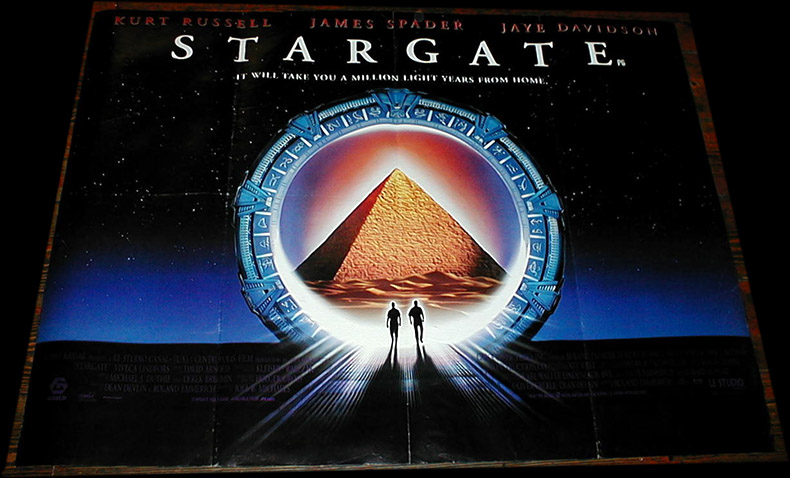



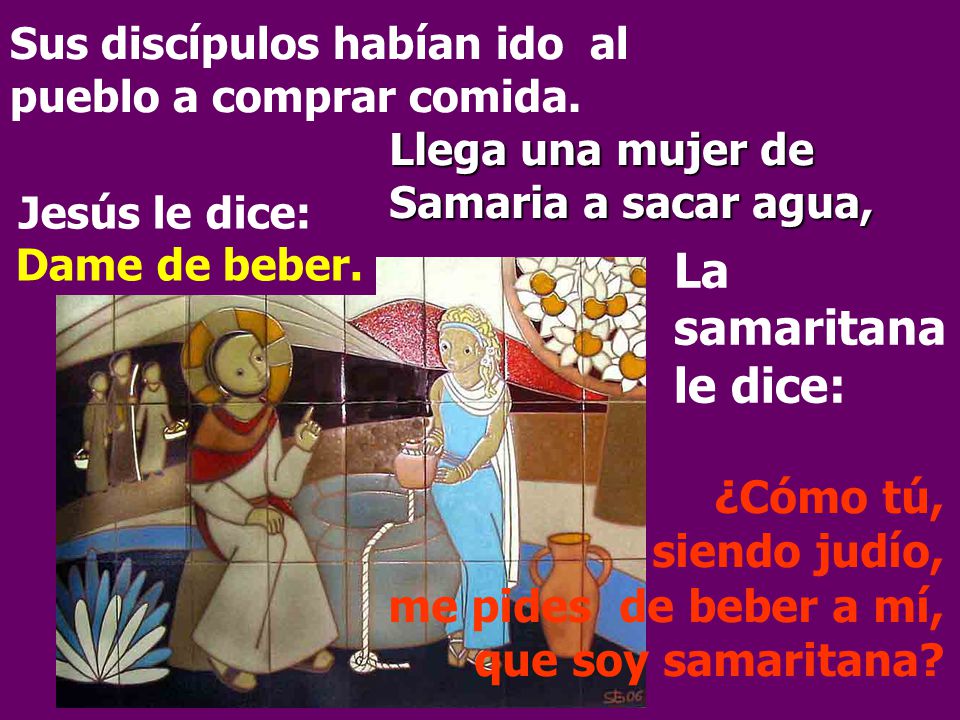




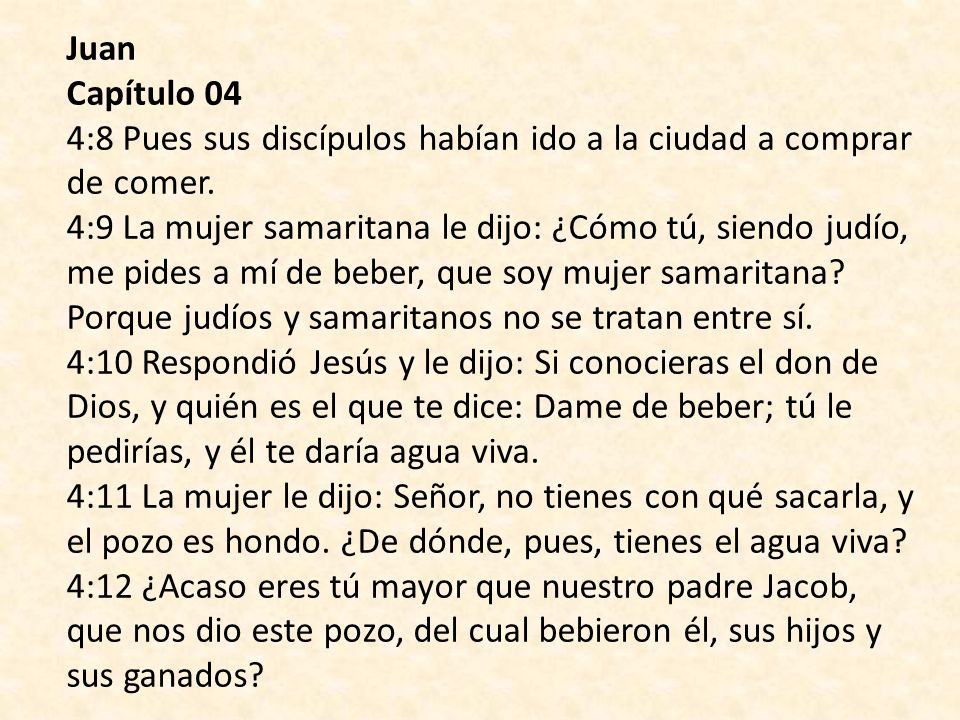

![Regreso Al Fururo III (Back To The Future III) [1990] –, 40% OFF](https://m.media-amazon.com/images/M/MV5BYzgzMDc2YjQtOWM1OS00ZjhhLWJiNjQtMzE3ZTY4MTZiY2ViXkEyXkFqcGdeQXVyNDQ0MTYzMDA@._V1_.jpg)
